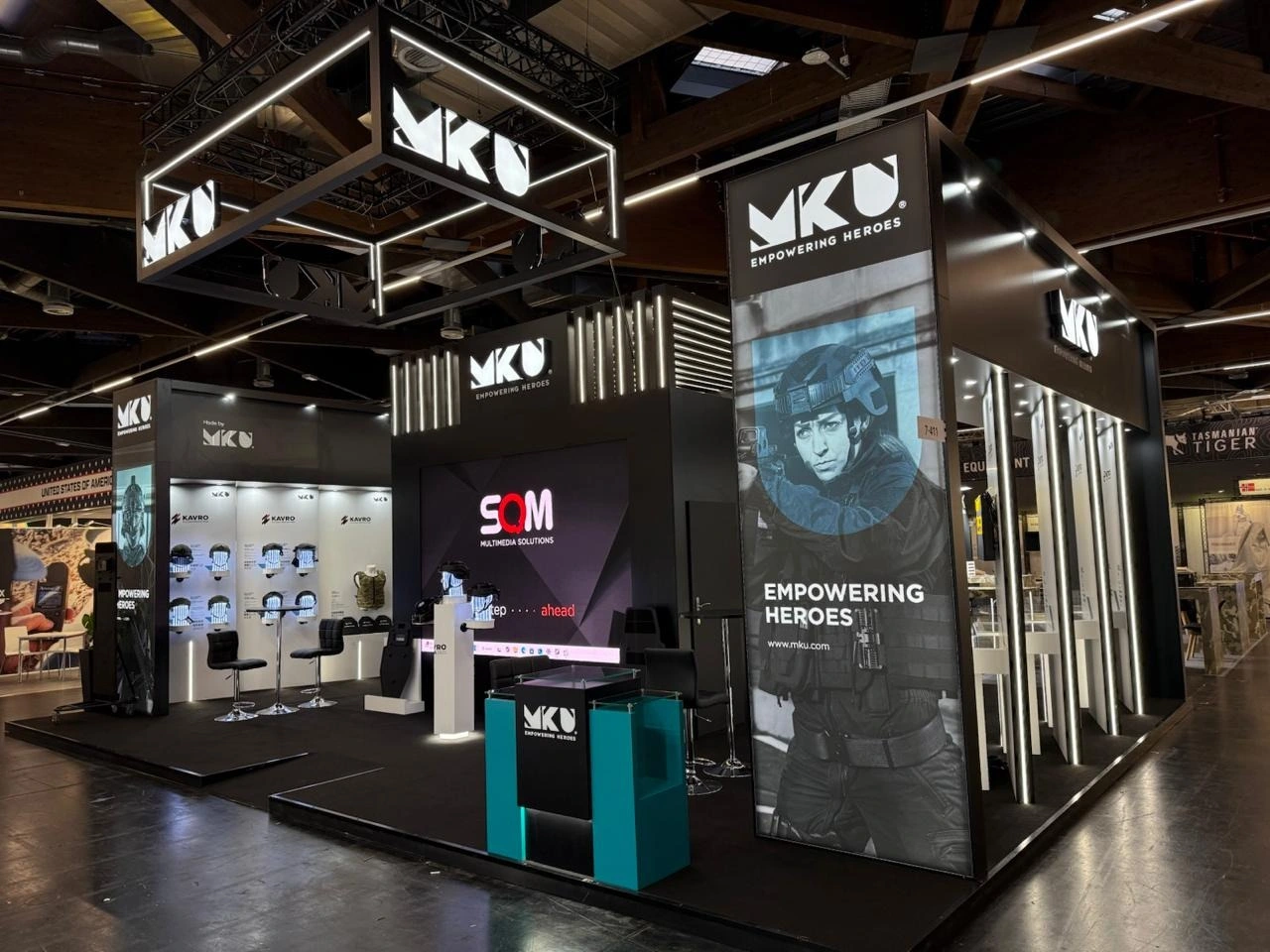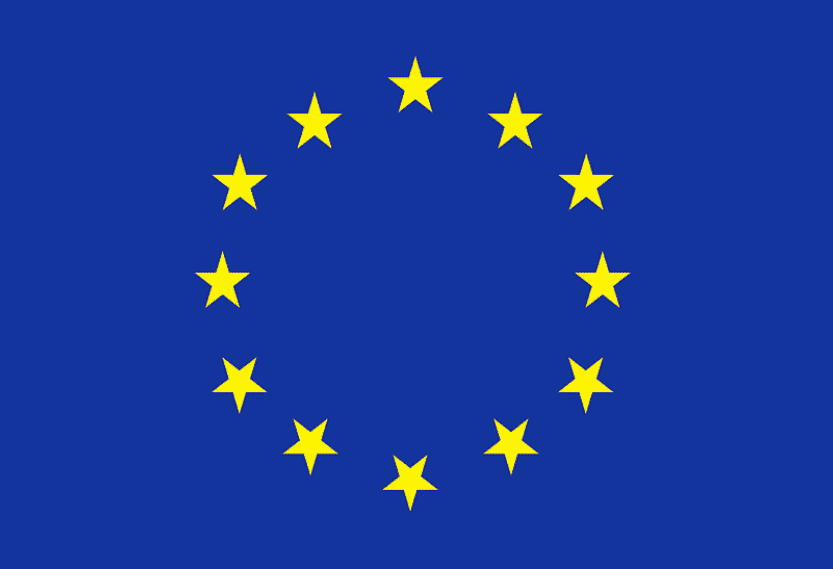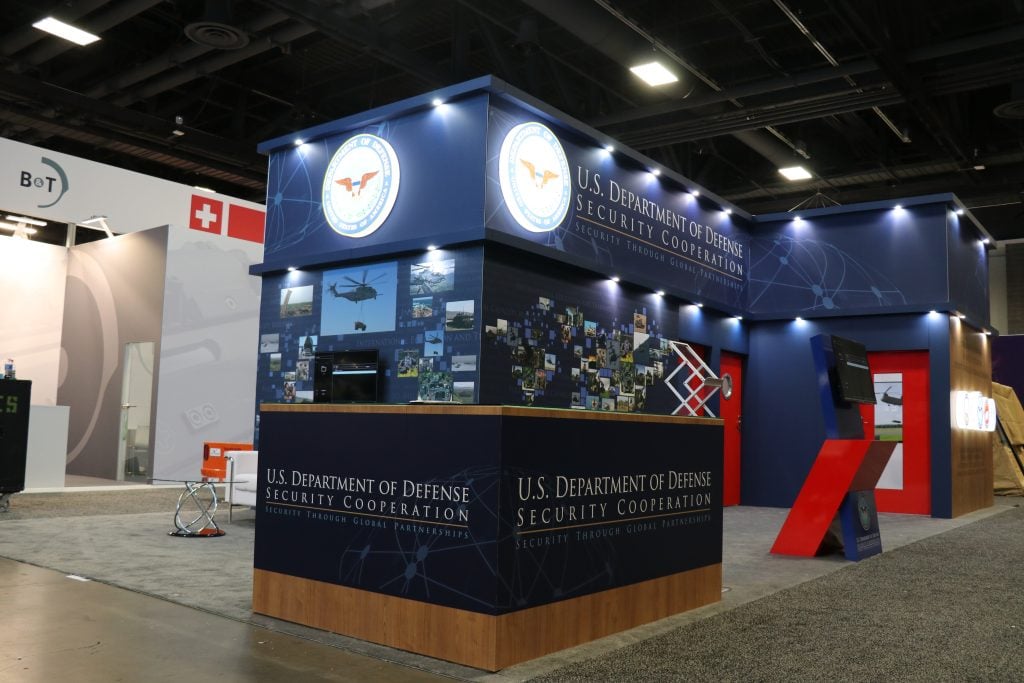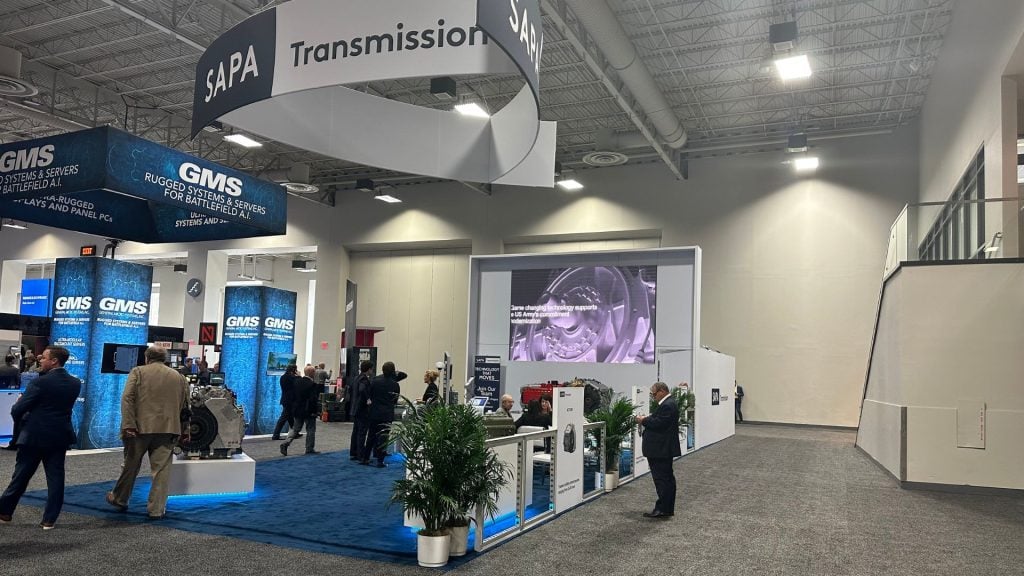
Introduction
Trade shows can be incredibly effective for generating leads, building brand awareness, and forming valuable connections. However, the real success of a trade show doesn’t end when the lights go down and the booths are dismantled. In fact, post-event follow-up is arguably the most critical part of ensuring the hard work put into the event translates into real results.
Here’s how you can keep the momentum going after the show and turn trade show leads into long-term success.
1. Categorize and Prioritize Your Leads
Not all leads are created equal, and immediately after the event is the perfect time to categorize and prioritize them.
• Segment Your Contacts: Identify hot, warm, and cold leads based on their level of interest. Hot leads are those who expressed a strong interest and are ready to move forward, while warm leads showed some curiosity but may need nurturing. Cold leads may have visited your booth but didn’t engage deeply.
• Set Priorities: Focus your follow-up efforts on hot leads first, as these are the most likely to convert quickly. Warm leads should still receive attention, but with more nurturing content. Cold leads should be kept in your funnel for longer-term marketing.
2. Personalize Your Follow-Up Communications
One-size-fits-all emails don’t cut it anymore. Personalization can make the difference between a lead responding to you or forgetting your brand altogether.
• Reference Your Conversation: When sending follow-up emails, reference specific conversations or topics discussed during the show. This demonstrates that you paid attention and are genuinely interested in their needs.
• Tailor Your Messaging: Customize your message to the specific needs and pain points of the lead. Use the information you gathered during the trade show to offer relevant solutions and highlight the ways your product or service can address their challenges.
3. Act Quickly
Timing is everything when it comes to post-show follow-up. The longer you wait, the colder your leads will become.
• Send a Follow-Up Within 48 Hours: Aim to follow up within 48 hours after the trade show, while your brand is still fresh in their minds. Delaying this could mean lost opportunities as leads move on to other priorities.
• Schedule a Meeting or Call: If the lead showed high interest, try to schedule a follow-up meeting or call as soon as possible. This can keep the conversation moving forward and ensure you capitalize on their interest before competitors reach out.
4. Use Multi-Channel Follow-Up
While email is an essential part of the follow-up process, integrating other channels can help ensure your message gets through and keeps your brand top of mind.
• Phone Calls: After sending a follow-up email, make a personal call to check in with the lead. This shows initiative and adds a personal touch that can deepen the connection.
• Social Media: Engage with leads on LinkedIn or other social platforms. Connect with them, share relevant content, and keep the conversation going in a more informal setting.
• Direct Mail: If you want to make a lasting impression, consider sending a handwritten note or a small gift. In the digital age, this extra effort can stand out and make your brand memorable.
5. Nurture Your Leads
For leads that aren’t ready to buy right away, it’s important to have a nurturing strategy in place to keep them engaged.
• Send Relevant Content: Provide leads with valuable content such as white papers, case studies, or industry reports that align with their interests and business challenges.
• Host Webinars or Events: Invite leads to join webinars or events that provide deeper insights into your products or services. This can help build trust and keep your brand top-of-mind as they move closer to a purchasing decision.
• Automated Drip Campaigns: For leads who need more time, set up an automated email campaign that delivers personalized content over a period of weeks or months. This keeps your brand in their inbox without being too aggressive.
6. Measure Your Success
It’s important to track your follow-up efforts to understand what works and what doesn’t. By analyzing the data, you can refine your strategy for future trade shows.
• Track Response Rates: Monitor the open rates, click-through rates, and responses to your follow-up emails. This can help you understand which messages resonate the most with your leads.
• Measure Conversion Rates: Track how many of your leads convert into customers and calculate the ROI of your trade show efforts. This will help you gauge the effectiveness of your follow-up process.
• Adjust Future Strategies: Use insights gained from this analysis to improve your post-show follow-up strategy. Whether it’s tweaking your messaging or adjusting the timing, continuous improvement is key to long-term success.
Conclusion: Don’t Let the Momentum Slip Away
The success of your trade show depends largely on how you handle the follow-up process. By categorizing your leads, personalizing your communications, and using multi-channel follow-up strategies, you can build meaningful relationships that lead to sales.
The goal is to keep the momentum going long after the event and transform those initial conversations into long-term business success.
Stay consistent, act quickly, and tailor your approach to each lead. That’s how you’ll ensure your trade show efforts are more than just a one-off event—they’ll become the foundation for sustainable growth and partnership.


 Global
Global Europe
Europe

